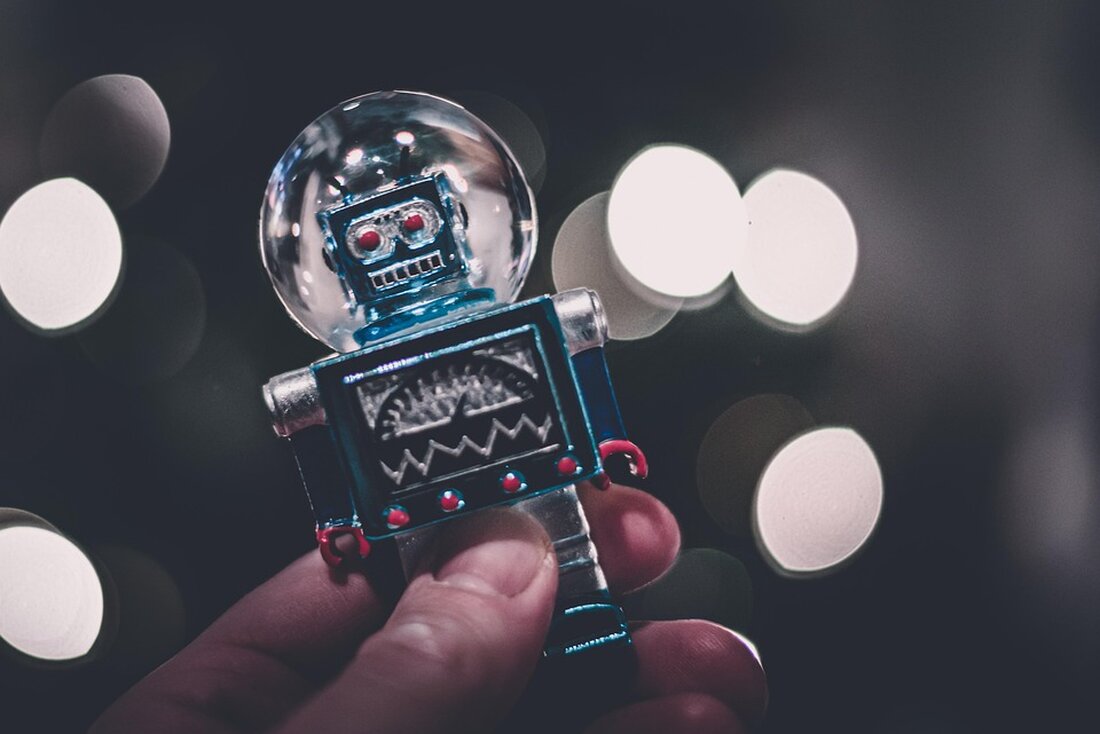Quantum computers & robots: The new stars of the technology revolution!
Florian Söllner analyzes quantum computing trends and humanoid robots. Opportunities and risks for investors in 2025.

Quantum computers & robots: The new stars of the technology revolution!
In the rapidly developing field of technology, the potential of quantum computers and humanoid robots is constantly being discussed. In his latest report, Florian Söllner, an experienced analyst with over 20 years of experience in technology trends, takes a look at companies that have what it takes to create the next big innovation, comparable to Tesla or Nvidia. Söllner highlights the opportunities inherent in a combination of quantum computing and artificial intelligence, noting that some of the current quantum startups have already reached market capitalizations reminiscent of Tesla's in 2011. Especially in this dynamic environment, he advises being cautious when investing in start-ups and creating a diversified portfolio that also includes more stable value stocks “that pay dividends.”
Söllner has a clear vision for the future: he sees great potential in humanoid robots by 2030. These robots could become even more intelligent and functional, which also influences the investment strategies of tech companies.
Nvidia and the future of robotics
Nvidia, a major player in the AI sector, plans to increase its focus on robotics in 2025 and will introduce a new generation of compact computers for humanoid robots, called Jetson Thor, in the first half of the year. This product will be part of the company's long-term strategy. Deepu Talla, vice president of robotics at Nvidia, explains that this development is based on two key technological breakthroughs: the explosion of generative AI models and the ability to train robots in simulated environments.
It's important to note that Nvidia does not intend to compete directly with manufacturers like Tesla. Instead, the company is taking an OEM provider approach and aims to support “hundreds of thousands” of robot manufacturers worldwide. This comes at a time when major customers like Amazon and Google are trying to reduce their dependence on Nvidia's AI chips by developing their own chips. Nevertheless, Nvidia remains an essential partner, such as the technology that Tesla uses to produce its humanoid robots, including the Optimus model.
The potential of quantum research
The quantum calculations, Söllner explains, take place in an area where classical physical rules do not apply. These fascinating properties of quantum mechanics could spark the next big revolution in technology. Conversations with experts from quantum research make it possible to recognize current trends and identify potential developments at an early stage. However, Söllner also warns that not all start-ups will be successful in this area. A diversified investment portfolio and maintaining stop prices are essential to hedging potential risks.
With a strategy that includes both robust investments and a look at innovative companies, Söllner shows how investors can benefit from upcoming developments in quantum and robotics technology. In his view, the fusion of these two technologies could usher in a new era in human-technology interaction.
For more information about Söllner's analyzes and current trends in quantum research, you can download the report deraktionaer.de read. You can also find more news about Nvidia's strategic move in robotics techcrunch.com.

 Suche
Suche
 Mein Konto
Mein Konto